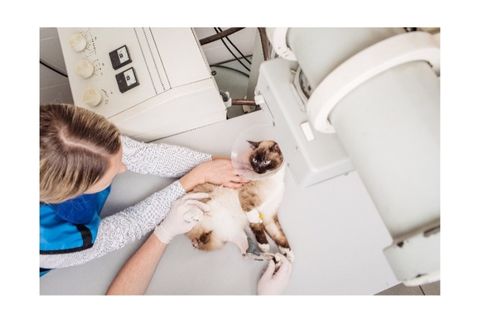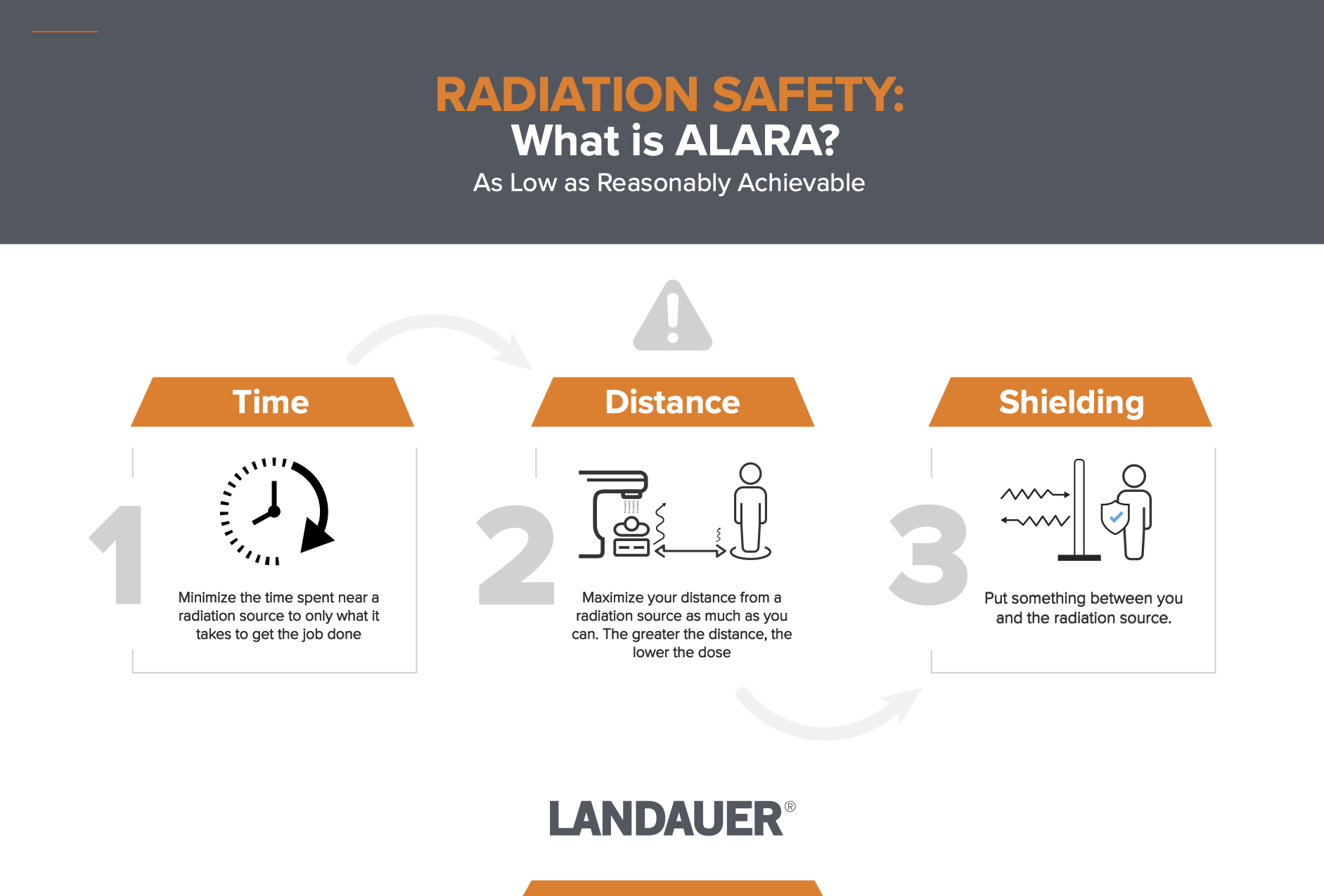
Dosimetry Badges for Veterinary Clinics: Radiation Monitoring Helps Keep Your Staff Safe
Dosimetry badges for veterinary workers are a must-wear for everyone involved in radiological procedures, even if state regulations do not mandate their use. Why?
Pet owners often seek the best in veterinary medicine for animal companions, which can mean increased use of radiation for diagnosis, treatment, and therapy. Unless the patient is sedated, handling can require more than one person to hold down the animal during radiation treatment or therapy. Consequently, everyone involved with the animal can be much closer to ionizing radiation exposure than when working with a human patient. Therefore, using safety measures like veterinary dosimeters is imperative.
X-Ray Badges for Vet Clinics
In a veterinary practice, providing radiation services is challenging because technicians must deal with wiggling, squirming patients who can’t tell the doctors what hurts. Consequently, unless a patient is sedated, veterinarians and technicians are often exposed directly to radiation as they hold an animal. The radiation issues for veterinary staff require specific education and training for the practitioners.
Technicians responsible for capturing X-ray images can be particularly at risk. They have to position the animal and sometimes restrain it to get the correct angle, which can be a serious exposure concern. Even if an animal is sedated and the technician can step away, radiation still scatters. Wearing personal protective equipment (PPE) in a veterinary practice is imperative. Along with PPE shielding like lead aprons or gloves, technicians should always wear veterinary dosimetry badges for the best possible safety measures.
Advanced Radiation Technology Means Higher Risks
Commonly called “X-ray badges,” dosimeters are actually used for workers exposed to any source of ionizing radiation – not just X-ray equipment.
Today, veterinary practices are using more advanced imaging equipment that emit higher levels of radiation compared to X-ray machines, making safety measures for the technicians even more necessary. The U.S. Nuclear Regulatory Commission stipulates that a radiation worker should not be exposed to more than 5,000 mrem per year, and OSHA has defined limits of 1,250 mrem per quarter (although there is no stated level of exposure that is considered safe).
The use of dosimeters is critical to monitor established radiation dose constraints and ensure that the dose limits are observed when technicians are exposed. Dosimeters capture the dose data and provide crucial results to help veterinarians manage how and when their staff uses radiation.
Who Should Wear a Dosimeter?
| Standard Veterinary Positions | Regular Exposure to Ionizing Radiation | Recommended Dosimeter* |
|---|---|---|
| Doctor/Veterinarian | Yes | Collar or Chest |
| Veterinary Technician | Yes | Collar or Chest |
| Veterinary Assistant | Part-time | Collar or Chest |
| Animal Care and Service | No | None required |
| Veterinary Schools | Specific Departments and students | Collar or Chest |
*Additional or alternate dosimeters may be worn based on your radiation safety plan.
Veterinarian practices can take steps to ensure that ionizing radiation doses are as low as reasonably achievable by including the three established ALARA safety principles in their operating procedures:
| ALARA Safety Principles | |
|---|---|
| TIME | Use the shortest exposure time possible and the lowest number of procedures |
| DISTANCE | Stay as far away from the source of radiation as possible |
| SHIELDING | Wear lead personal protection equipment (PPE) and/or stand behind shielding |
Wear a Dosimeter Every Time
Finally, while small animal care is usually handled in facilities with established radiation safety measures, veterinary use of radiation can occur outside of the clinic. Large animal practices regularly travel to farms, ranches, stables, zoos, and wildlife sanctuaries. In those situations, temporary areas for radiation services are set up to accommodate large animals. Using portable, ambulatory equipment in a temporarily controlled environment still requires the vet or technician to protect themselves from exposure by following ALARA principles, and by wearing their dosimetry badge to track exposure, they’ll always know what their dose is and if they need to take additional precautions.
Driven by increasing public demand for optimal pet care, vet practices are providing more advanced radiation services. Ensuring that doctors and technicians are adequately protected from the effects of ionizing radiation is of the utmost concern. Wearing dosimeters like the LANDAUER Luxel+ every time radiation equipment is used will ensure that doses are carefully measured and reported on. Not only will you be in compliance, but your team will have peace of mind.

